University Operations and Stormwater
Introduction
The University’s main campus consists of 824 acres, more than 300 buildings, and is home to a population of over 47,000 students and employees. UK has programs in agriculture, engineering, law, fine arts, and a full complement of health colleges including medicine and pharmacy. There are 17 academic and professional colleges where students can choose from more than 200 majors and degree programs. Primary activities on campus include research, teaching, healthcare, athletics, dining service, student housing, and facilities management. All this takes place in a highly urban setting just south of downtown Lexington.
Within this setting there are a multitude of activities that occur with day to day operations of the University that have the potential to impact stormwater. Some of these activities include:
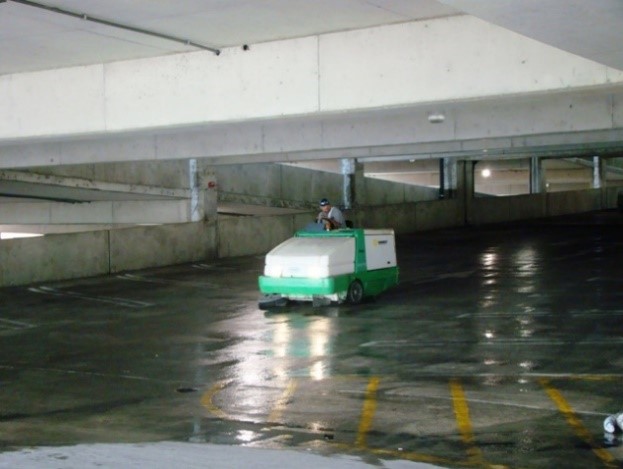 Building/Structure Maintenance
Building/Structure Maintenance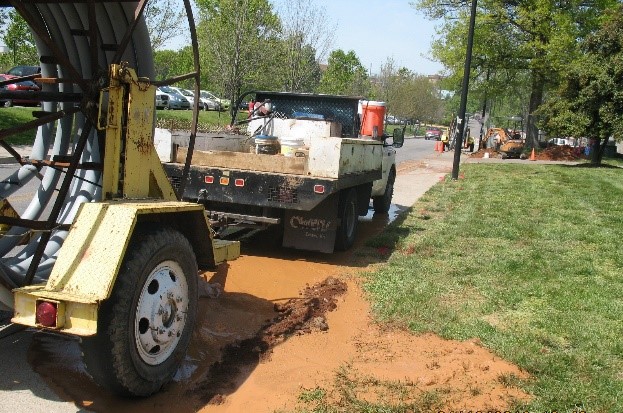 Utility Operation and Maintenance
Utility Operation and Maintenance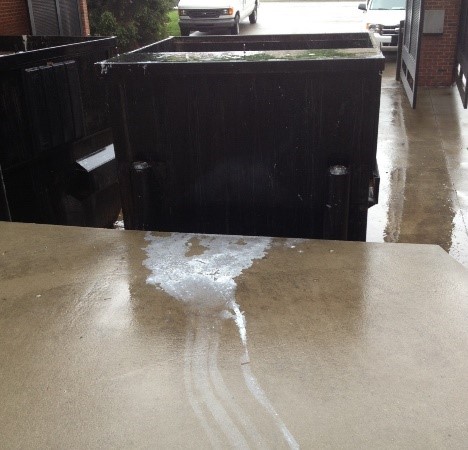 Custodial Operations
Custodial Operations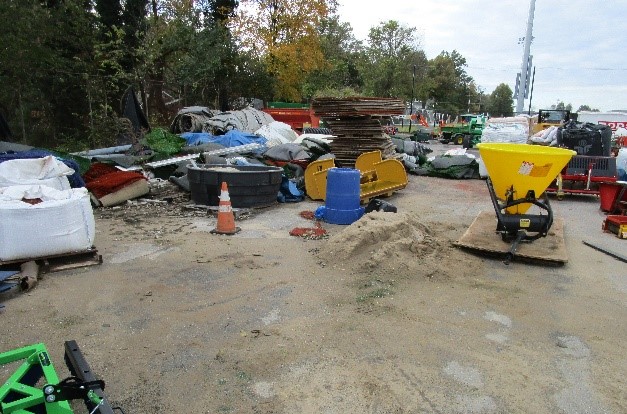 Material Storage
Material Storage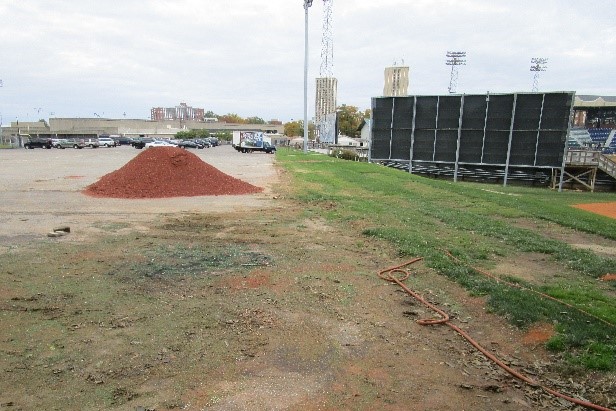 Athletic Field Maintenance
Athletic Field Maintenance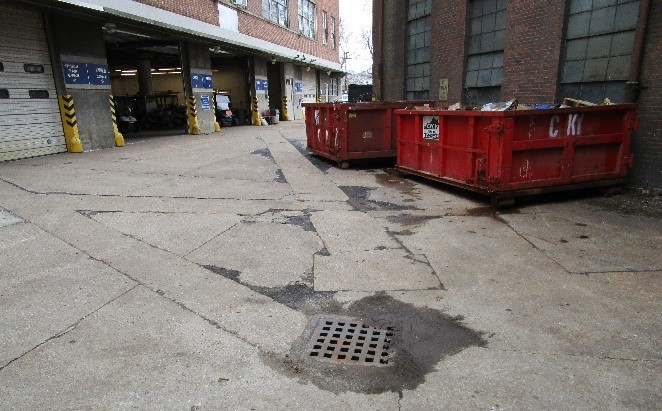 Waste Management
Waste Management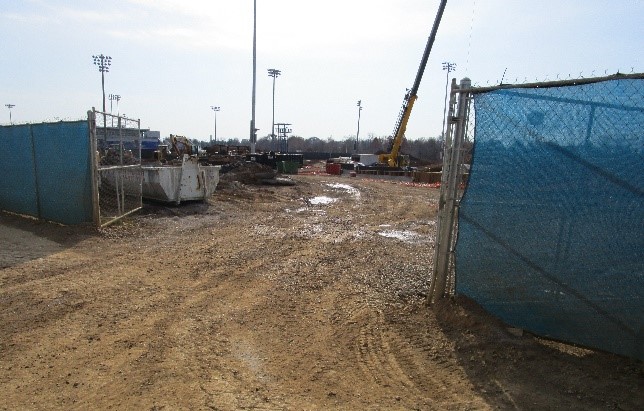 Construction
Construction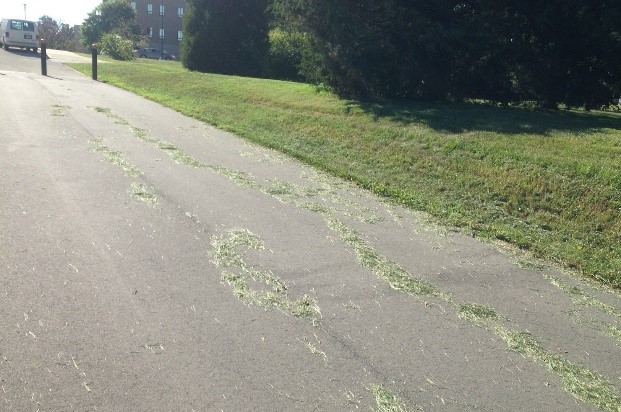 Grounds/Landscape Maintenance
Grounds/Landscape Maintenance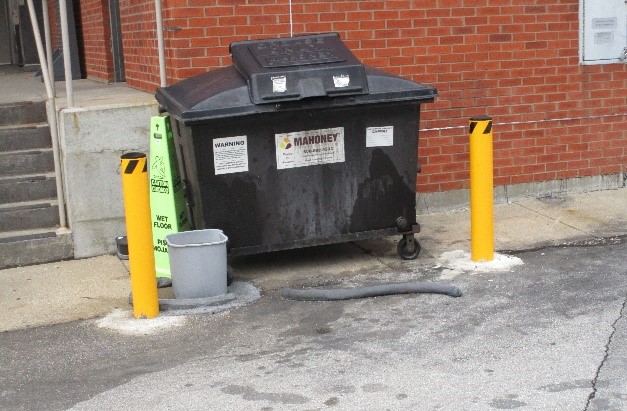 Food Preparation
Food Preparation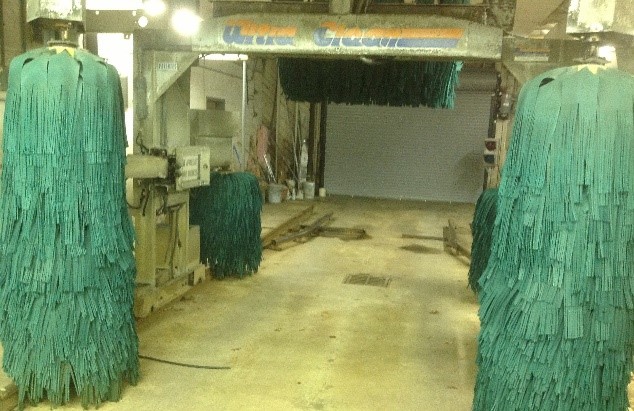 Fleet Maintenance
Fleet Maintenance
Because of this potential impact, the MS4 permit requires the University to develop an operation and maintenance program that includes training, maintenance activities, inspections, and Best Management Practices (BMPs) to reduce floatables and other pollutants. For more information on the permit requirements please see our MCM 6: Pollution Prevention & Good Housekeeping section.
Operation and Maintenance Program
During the University’s first MS4 permit cycle, campus operations and facilities were examined to determine which had the potential to impact stormwater. These examinations lead to the creation of multiple policies, procedures, and plans. As improvements are made to the Stormwater Program and University Operations additional policies and procedures are created. Training is developed and conducted as needed to relay these policies and stormwater protection needs to staff.
Several of our current policies, procedures, and plans include:
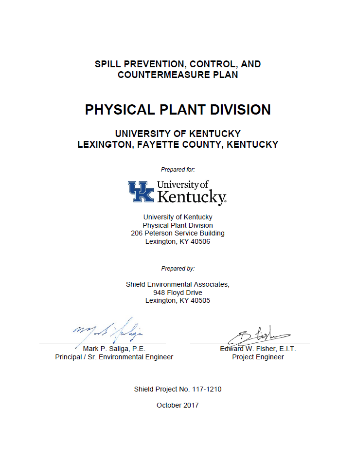 |
SPCC PlansSpill Prevention, Control, and Countermeasure plans have been developed for five different areas of campus: Physical Plant, Dining Services, Medical Center Physical Plant, Good Samaritan Hospital, and Athletics. Each of these areas store oil in excess of 1,320 gallons and could reasonably be expected to discharge that oil in quantities that may be harmful to water quality. These plans form a spill prevention program that minimizes the potential for discharges of that oil by describing measures implemented to prevent discharges from occurring and by preparing for spill responses in order to mitigate impacts of a discharge should one occur. See the SPCC section for more information about these plans.
|
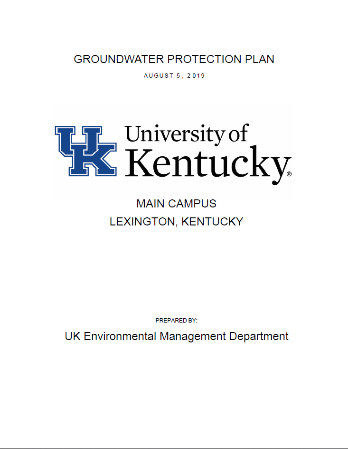 |
Groundwater Protection PlanA Groundwater Protection Plan (GPP) is a document that identifies activities at a site that have the potential to pollute groundwater and defines the best management practices that will be used to protect it. Campus activities that have the potential to impact groundwater include:
The GPP for campus was rewritten in 2019 and all activities with the potential to impact groundwater were assessed, all locations inspected, and the plan updated to reflect current BMPs. See the Groundwater Protection Plan section for more information.
|
Post-Construction BMP Operation and Maintenance ManualThe MS4 permit requires the University to manage post-construction stormwater for new development and redevelopment that disturbs an acre or more. Structural BMPs are typically used to meet these requirements. Originally created in 2012 and updated in 2023, this manual provides the information needed to properly operate and maintain the BMPs utilized on campus. This document is included in UK Design Standards and each designer must provide the University with a long-term BMP O&M plan for each BMP installed as part of new construction.
|
|
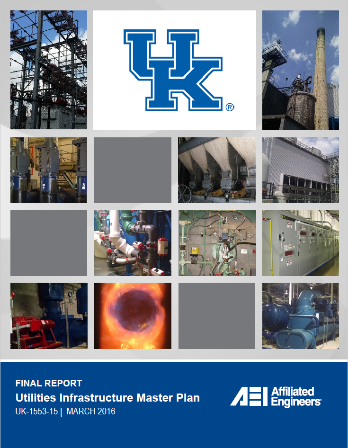 |
Utilities Infrastructure Master PlanCompleted in 2016, the primary goal of this plan was to identify existing utility system capacities, deficiencies/inefficiencies, and account for the future growth plans of the University over the next 20 years. The plan also recommends the necessary improvements required to create a more efficient, dependable, reliable, and robust utility infrastructure. Several systems with the potential to impact water quality were included in this plan: Heating (Steam and Condensate), Cooling (Chilled Water), Domestic Water, Sanitary Sewer, and Stormwater.
|
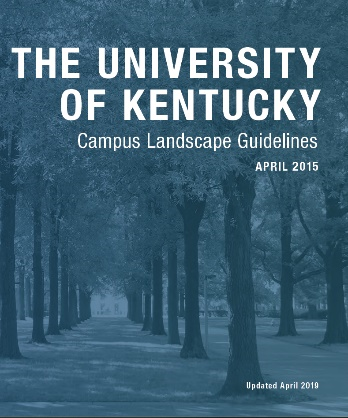 |
Landscape GuidelinesOriginally released in 2015 and updated in 2019, the Landscape Guidelines provide guidance to those who are responsible for the design and maintenance of the campus landscape. They are intended to encourage the orderly development of the landscape in a way that serves the functional, aesthetic, ecological, and management requirements of the University in a consistent way over time. Specific to stormwater is the Ecosystems Service Guideline section that discusses the need to mitigate the urban heat island effect and manage water resources through the use of Low Impact Development. These guidelines are intended to improve the quality of stormwater and reduce the rate and volume of stormwater runoff as well as assist in compliance with the University’s MS4 permit. Included in the guidelines is a section of policies intended to assist the University in utilizing the guidelines. The following policies are included:
|
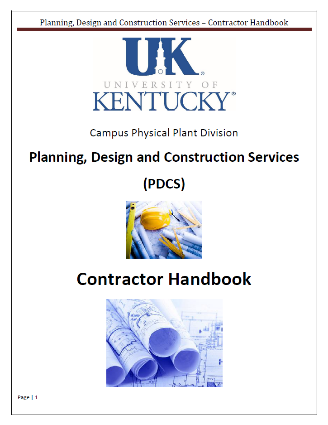 |
Planning, Design, and Construction Services – Contractor HandbookThis guide serves as notification of requirements to contractors, including subcontractors, who perform work on campus and any other facilities operated by the University. It provides contractors with site specific safety, health, and environmental rules and policies which the must be followed on all University property.
|
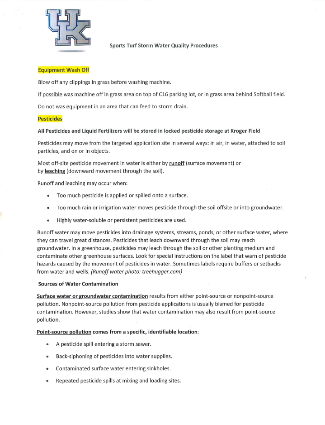 |
Departmental Policies/ProceduresIn addition to University policies and procedures, individual departments such as Grounds and Athletics have their own requirements. Likewise, these departments provide training for their personnel through reoccurring safety meetings. Often times these meetings include stormwater as a topic of discussion. The Athletics Water Quality Procedures are an example of these type of procedures.
|
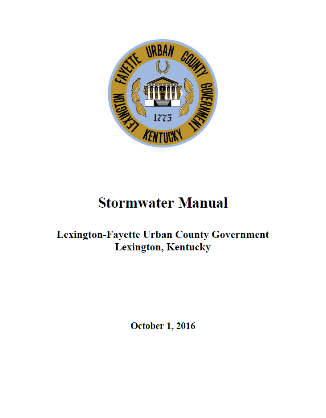 |
Adopted Policies/ProceduresThe University is located within the boundaries of the Lexington-Fayette Urban County Government (LFUCG), which is designated as a Large (Phase I) MS4. Since a portion of stormwater from campus discharges directly into the LFUCG system, the University has adopted the LFUCG construction stormwater requirements for new and redevelopment, including their Stormwater Manual and LID Guidelines. This adoption allows for consistency between programs and makes it easier for contractors already familiar with the LFUCG requirements. For more information on the LFUCG requirements visit the LFUCG Engineering – New development, redevelopment, construction, and demolition project webpage.
|
Improvements
Due to the number of policies and procedures that have been created in support of the stormwater program, it has become evident that the information needs to be consolidated into one easily accessible location and format. Also, due to the rapid period of infrastructure growth on campus over the last several years and the vast number of new post-construction BMPs being installed, the need to maintain these devices has become a priority.
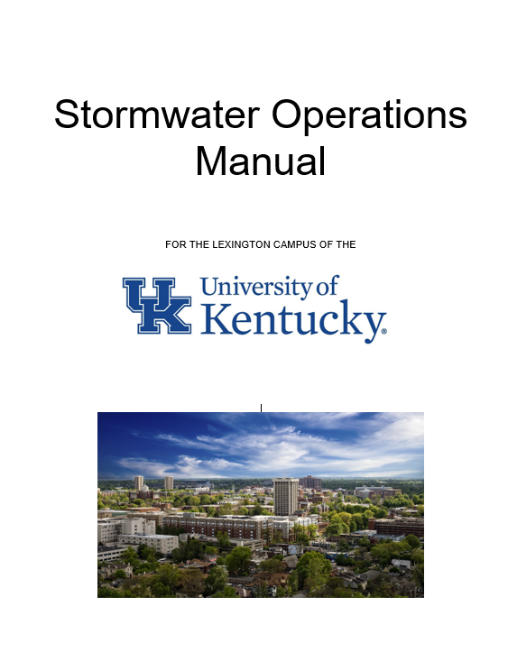
In response to these needs a comprehensive Stormwater Operations Manual is being developed that will be an all-inclusive SOP housing all policies, procedures, and BMPs utilized by UK to meet permit requirements. Along with this manual, a preventative maintenance program will be put in place for all structural BMPs. With these changes, employee training will be updated to educate those employees performing stormwater related tasks or tasks that have the potential to impact stormwater.
See Tasks 6.A through 6.G of the SWQMP for more details on the Operations Manual, additional policies and procedures being developed, and additional activities being conducted to protect stormwater during campus operations.
Stormwater Stakeholder Advisory Committee
The University’s Stormwater Stakeholder Advisory Committee is made up of staff from various campus departments including Athletics, Environmental Management, Utilities and Energy Management, Facilities Management, Capital Projects Management, the Office of Sustainability, and the College of Agriculture. Formed in 2010 to address on-campus stormwater issues, the members of this committee assisted in the creation of and work to accomplishing the tasks set forth in the University’s Stormwater Quality Management Plan. Among the group’s many responsibilities is the enforcement of the above-mentioned policies and procedures as well as the development of new policies and procedures, when required, for the continued improvement of the stormwater program and the protection of water quality.
